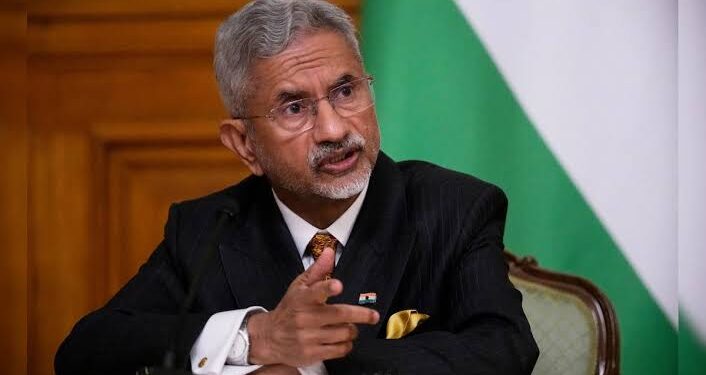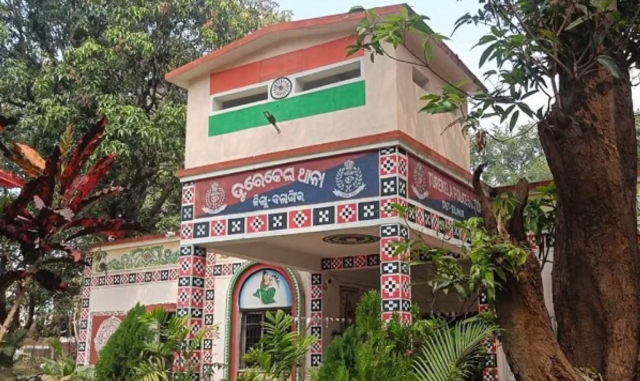External Affairs Minister S Jaishankar has stressed the necessity of a “global workforce” model, stating that many countries cannot meet their labor demands solely from their national populations.
His remarks, delivered at an event on the sidelines of the UN General Assembly session, come in the context of US President Donald Trump’s new hardline immigration policies, including an unprecedented $100,000 fee on new H-1B visas.
Key Takeaways from Jaishankar’s Comments
- Demographic Reality: Jaishankar argued that the reality of global demand and demographics necessitates a workforce that can be distributed globally, stating, “demands cannot be met in many countries purely out of national demographics.”
- Call for a New Model: He called on the international economy to create a “more acceptable, contemporary, efficient model of a global workforce” that is suited for a distributed, global workplace.
- India’s Stake: India is the world’s largest source of overseas talent, with approximately 35.4 million non-resident Indians and persons of Indian origin. Indian professionals constitute over 70% of H-1B visa recipients in the US, making the new fee a major concern for both applicants and employers.
- Trump’s Stance: The US President justified the steep fee by claiming the H-1B program has been “deliberately exploited” to replace US workers with lower-paid foreign labor, particularly from India, posing a “national security risk.”
Impact on Indian Professionals
The new $100,000 fee, a dramatic increase from existing costs, risks making the skilled worker migration program unviable for many Indian applicants from lower-income backgrounds. It is seen as a move that could potentially curb the flow of highly skilled Indian talent, which currently runs major US tech firms and makes up a significant portion of the US physician workforce.




























